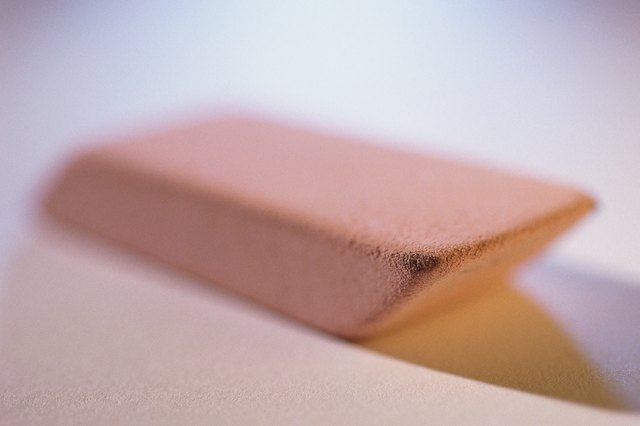Introduction:

Image: www.hunker.com
Rubber seals play an indispensable role in various industries, from automotive to electronics, ensuring the containment and protection of essential components. However, time, wear, and environmental factors can compromise the integrity of these seals, leading to leaks and malfunctioning equipment. Embark on an insightful exploration of how to fix rubber seals, empowering you with the knowledge and skills to restore their functionality and extend their lifespan.
How Rubber Seals Deteriorate and Fail:
Understanding the underlying causes of rubber seal deterioration is crucial for effective repair strategies. Age, heat exposure, and chemical interactions with fluids or gases can cause rubber seals to weaken and lose their elastic properties. Mechanical abrasion, stress from compression or stretching, and improper installation can also contribute to premature failure.
Comprehensive Guide to Fixing Rubber Seals:
1. Identify the Specific Seal Type and Issue:
Determining the type of rubber seal (e.g., O-ring, gasket, or seal strip) is essential for selecting appropriate repair solutions. Additionally, carefully inspect the seal to identify punctures, tears, or evidence of chemical degradation.
2. Clean the Seal and Surrounding Area:
Remove dirt, debris, and any residual fluids or sealants that may interfere with the repair process. Use suitable cleaning agents and techniques to ensure a clean work surface.
3. Inspect Seal Grooves and Other Components:
Check seal grooves for any wear or damage that may require resurfacing. Replace any damaged parts or components to prevent future seal failures.
4. Choose the Right Sealant:
Selecting the appropriate sealant is crucial for successful seal repairs. Consider the type of rubber seal, the substrate material, and the environmental conditions the repaired seal will face. Common sealants include silicone-based, rubber-based, and anaerobic sealants.
5. Apply Sealant Properly:
Follow the sealant manufacturer’s instructions carefully. Apply a thin, consistent layer of sealant to the designated area, ensuring complete coverage and proper adhesion. Allow the sealant to cure fully before testing the repaired seal.
6. Verify Seal Functionality:
Once the sealant has cured, reinstall the seal and test its functionality. Check for any leaks or poor seal performance. If necessary, adjust the seal or re-apply sealant until the desired performance is achieved.
Expert Insights and Actionable Tips:
Tips from Seal Repair Experts:
-
Use high-quality materials and tools for seal repairs to ensure durability and longevity.
-
Allow ample time for sealants to cure completely before testing the seal.
-
Consider preventive maintenance techniques, such as regular inspections and cleaning, to extend seal lifespan.
-
Seek professional assistance from an experienced seal repair technician for complex repairs or unusual seal failure scenarios.
Call to Action:
Mastering the techniques of rubber seal repair not only saves time and money but also empowers you with the confidence to maintain and restore the functionality of your equipment. By following the comprehensive guide outlined in this article, you can skillfully address seal deterioration issues, ensuring optimal performance and prolonging the lifespan of your valuable equipment. Embrace the role of a rubber seal repair expert, safeguarding the integrity of seals and maximizing the efficiency of your systems.

Image: magnummotorhomes.co.uk
How To Fix Rubber Seal